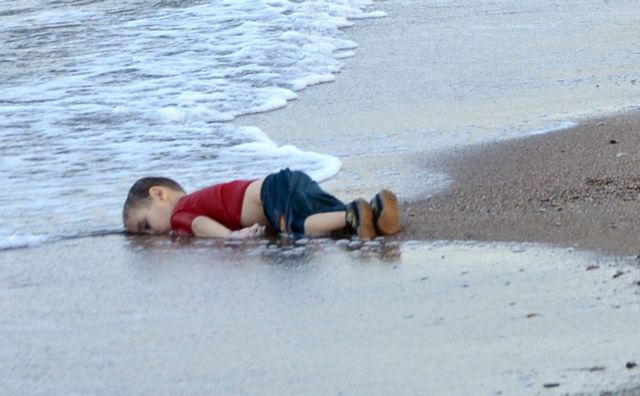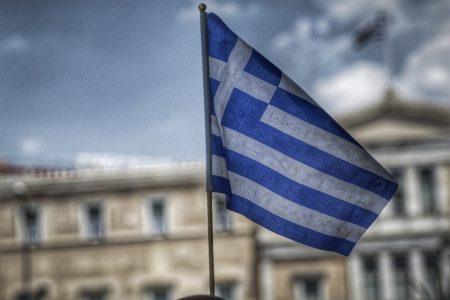In September, 2015, a tragic photograph awakened Europe from its slumber. It depicted the corpse of a three-year-old boy from Syria that had washed ashore on the coast of Bodrum, Turkey.
The name of the boy and his story soon became known. Aylan Kurdi became the symbol of the tragic fate of thousands of refugees attempting to flee war zones.
These days, Greek society has been shocked by the stories of the dead in the catastrophic wildfire at Mati. Evita, Chrysa, Dimitris, and Margarita are now tragically familiar. We were terrified of the manner in which they died, and we feel the pain of their relatives.
They are symbols of a tragedy involving crimes, responsibilities, negligence, and errors. Yet, their names appear on no official list.
Why? What is the explanation for the fact that 16 days after the catastrophe authorities have still not issued an official list of the names of the victims? Do they not know the names? Are they trying to avoid or hide something? Do they harbor the delusion that the obfuscation will help relieve the situation? Or are they simply incompetent?
That list of names cannot remain invisible. Symbols have a face and an identity, and they cannot be described merely by their names and numbers.
The identification of the dead has been completed, except for one or two people. This hide-and-seek cannot continue.
It is an issue of basic respect for their families and all Greek citizens.



